| Part 1: Are wood industry enterprises affected by the carbon border adjustment mechanism? Wood enterprises take advantage of EVFTA to penetrate deeper into the EU market |
As the market becomes more and more demanding and difficult
The EU's Carbon Border Adjustment Mechanism (CBAM) officially enters the transition phase (from October 1, 2023). According to Ms. Pham Thi Ngoc Thuy - Director of the Office of the Private Economic Development Research Board (Board IV, under the Prime Minister's Advisory Council for Administrative Procedure Reform) - this means that products exported to the EU market will be subject to certain "KPI" on emission regulations.
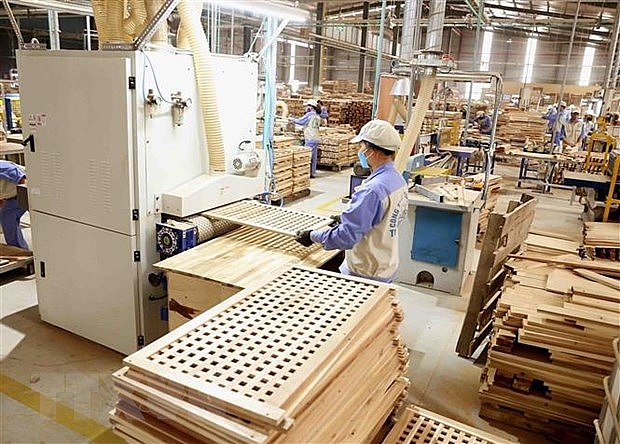 |
| Vietnam has a lot of room to export wood and wood products. |
If they fail, businesses will have to pay a tax, the tax here is a carbon tax, in other cases they will require businesses to buy carbon certificates to offset the emissions they have emitted. Thus, the EU is the first trading area in the world to impose a price on carbon on imported goods.
However, not only the EU, according to Ms. Thuy, the US is also drafting regulations that are considered to be more stringent than the CBAM regulations issued by the EU. “In terms of nature, it is a similar regulation, but the number of industries affected is much larger. There are even regulations that we think have a huge impact on businesses,” Ms. Thuy shared, adding that other markets are stopping at the trend of encouraging green conversion.
Clearly, there is a global trend of green purchasing spreading from the EU to the US and other markets. The story of the wood industry will be similar to that of textiles, without green certifications, wood industry businesses will gradually be restricted in their trading and commercial transactions.
Mr. Nguyen Duy Minh - General Secretary of the Vietnam Logistics Services Association - said - the requirements for the greening process of the supply chain are very clear and affect the competitiveness and opportunities to receive orders of exporters, not at the level of "striving".
Textile industry and lessons for wood industry enterprises
By 2023, Bangladesh will have 153 LEED-certified factories (energy and environmental design guidelines issued by the US Green Building Council), and they also have 500 factories currently applying for this certification.
Currently, the LEED standard is evaluated on six main factors including: materials and resources, indoor environmental quality, energy and atmosphere, water efficiency, sustainability aspects, innovation in operations and regional priorities...
Citing the example of the textile industry and a lesson for the wood industry, Ms. Pham Thi Ngoc Thuy said that over the past year, Bangladesh's green textile story has received a lot of attention because this has helped them win very large orders while Vietnamese textile enterprises have few orders.
“According to information from the Vietnamese diplomatic agency in the United States, Bangladesh’s textile and garment industry grew by 54% in a very short period of time; the representative of the Vietnamese diplomatic agency in Canada said that at the international textile and garment fair, hundreds of Bangladeshi enterprises brought LEED certificates to the table and received many orders, while Vietnam only had a few enterprises participating and did not have these certificates in hand,” Ms. Thuy cited.
According to Ms. Thuy, the most important issue is still the awareness of the businesses themselves. If in 2022, according to the assessment and quick survey of Board IV, it shows that the awareness of businesses about emission reduction and green transformation is still very low.
And after more than a year of traveling, researching, and exploring, if we compare the three major industry groups: agriculture, forestry, and fisheries, manufacturing, and logistics, it shows that the agriculture, forestry, and fisheries group is moving faster than other models. There have been models that have been internationally assessed and granted carbon credit certificates such as the low-emission rice growing model, the low-emission coffee model, or the story of the shrimp industry.
In this low-emission agriculture, forestry and fishery sector, the wood industry is absent. For more than a year, the wood industry has only been in a state of seeing the story of new regulations, worrying about challenges and feeling that there are opportunities. However, the question of what we can do to overcome the challenges, what to do to take advantage of the opportunities, how to get carbon credits, has not yet made any concrete progress.
“Green” is to protect competitiveness, opportunities to maintain production and international sales.
According to economist Vo Tri Thanh, "green" and "digital" are the two most important words that businesses are pursuing if they want to adapt to the demands of the international market. If in the past, pursuing "greenness" was a trade-off of costs, now green is to protect competitiveness, the opportunity to maintain production and sell internationally.
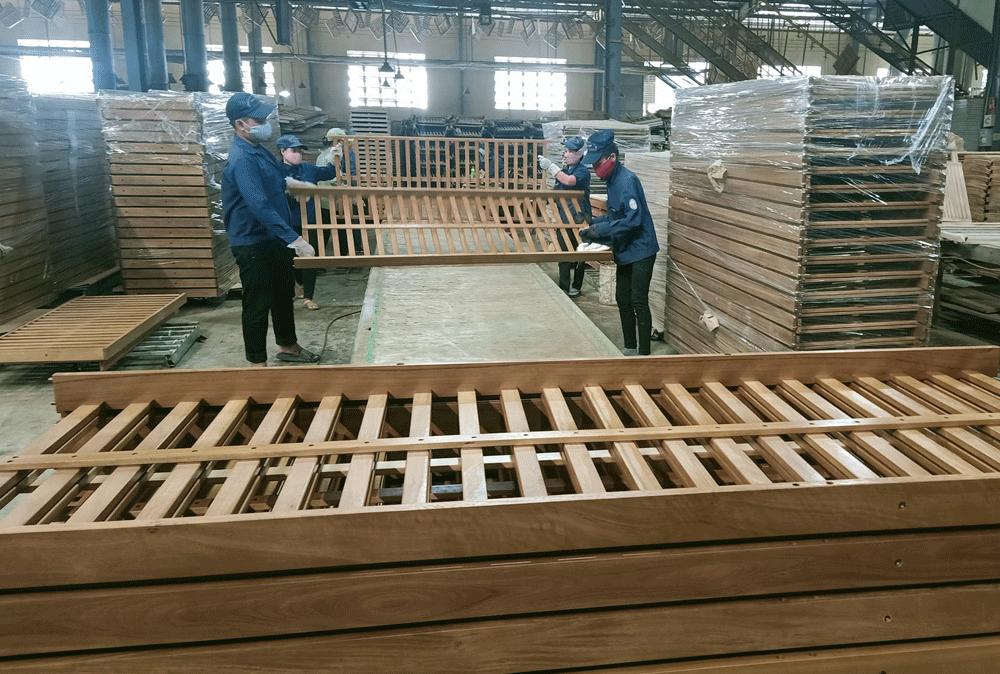 |
“Green” is to protect competitiveness, opportunities to maintain production and international sales. |
Along with the story of the wood industry, returning to the story of the textile industry, Ms. Pham Thi Ngoc Thuy said that Ho Guom Garment is a bright spot in the textile export picture when recording positive export growth results in the past year and having the right to choose partners. This is the result of the efforts of the enterprise itself in researching LEED standards and determination to implement.
The question is what should wood industry enterprises do to adapt to current regulations of the domestic and world markets as well as future forecasts? Mr. Vu Tan Phuong - Director of the Vietnam Forest Certification Office - commented that currently, all enterprises are at risk of causing emissions. In the current context, the pioneering enterprise will seize the opportunity first. Therefore, enterprises need to calculate in each stage of their production, in which, which stage has the ability to reduce emissions, it needs to be promoted from there such as improving input efficiency.
In fact, there are also wood industry enterprises that have grasped the information and proactively converted to adapt. Mr. Trinh Duc Kien - Deputy Director of Ke Go Company Limited - shared that as a unit specializing in exporting goods to the EU market, in 2019 the enterprise invested in FSC forest certification.
Recently, there have been customers who have raised questions about the origin of wood as well as the level of emissions in the supply chain. The questions that businesses receive include: How does the production of wood products use electricity, is there any way to limit the use of electricity in production, what is the origin of the wood that businesses use or what is the carbon absorption capacity, etc.
The issues that customers care about force businesses to find ways to respond besides issues of price, quality, and design. Switching to using biomass fuel in production, proactively linking to invest in FSC-certified forests, etc. are the ways businesses are implementing.
Lesson 3: Overcoming difficulties in green transformation for the wood industry to accelerate
Source link










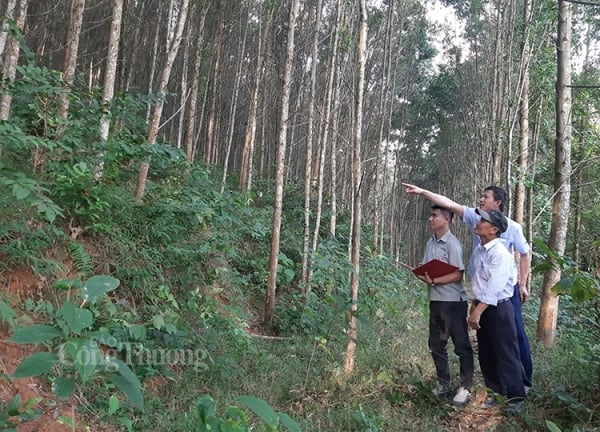
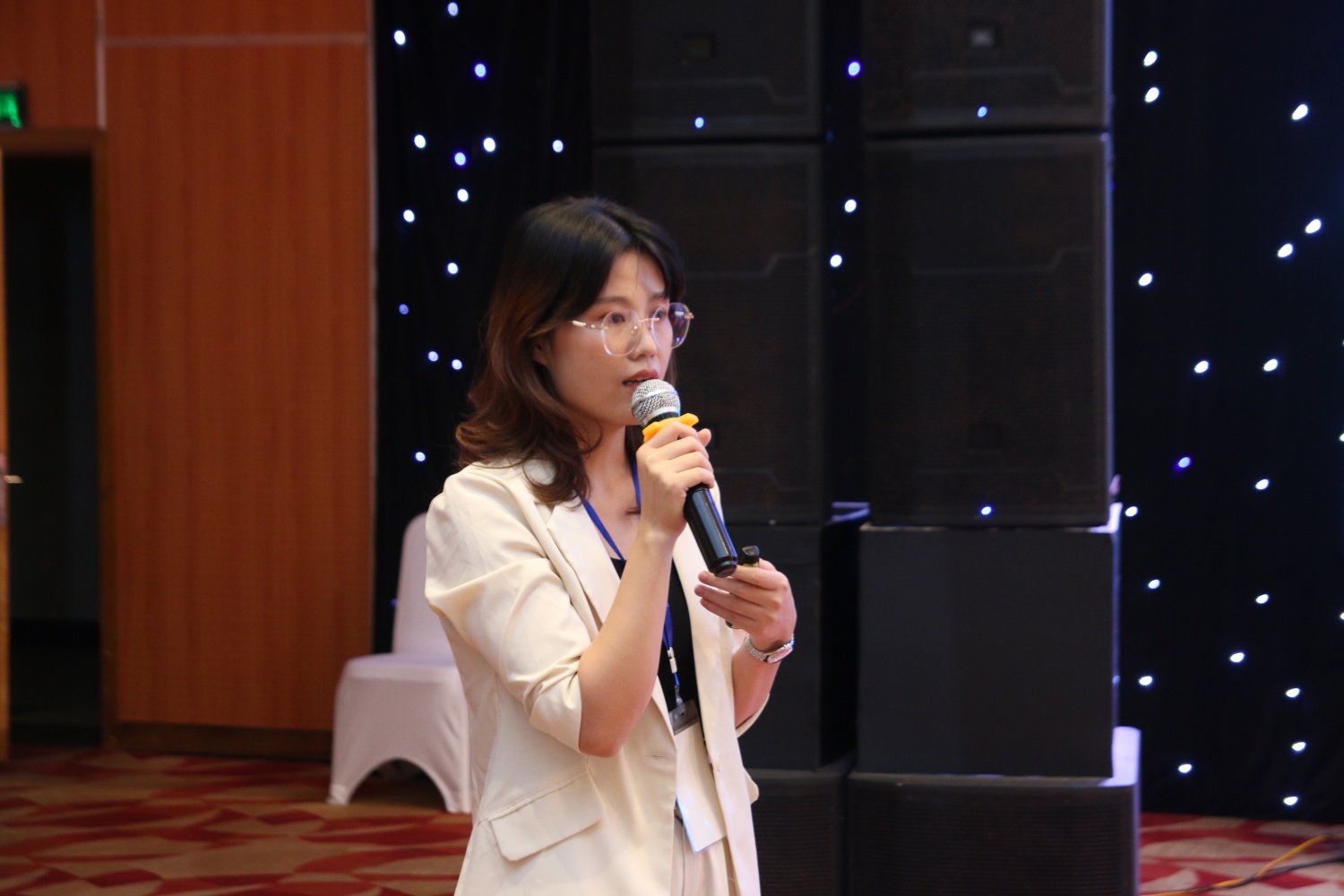

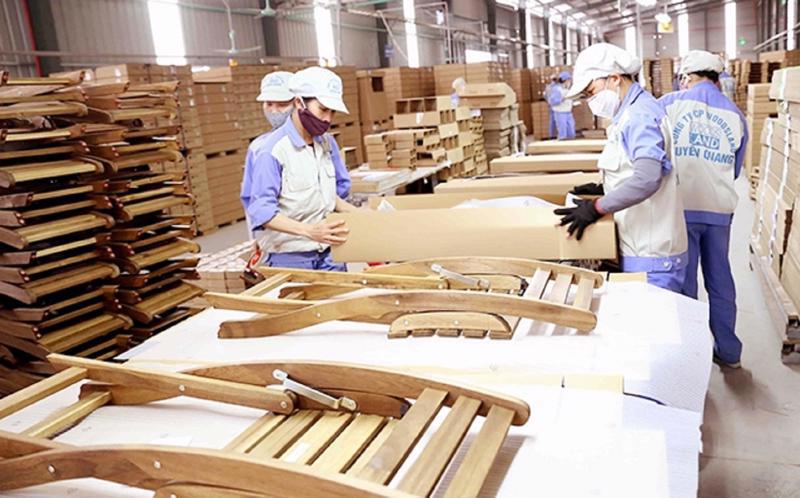

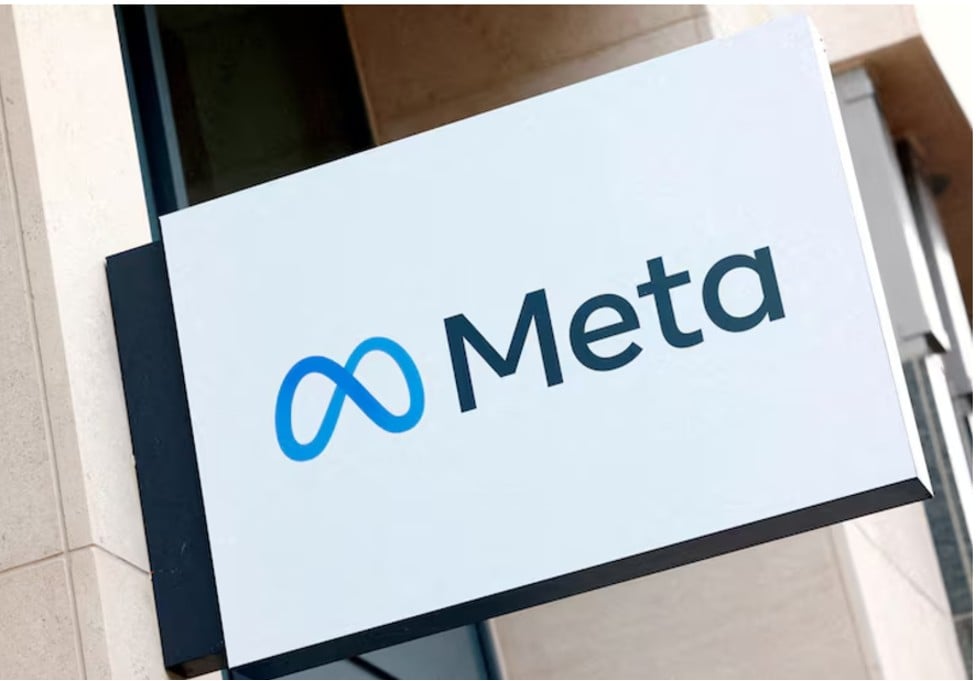
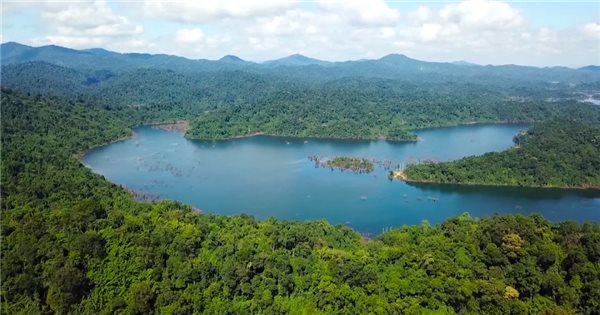

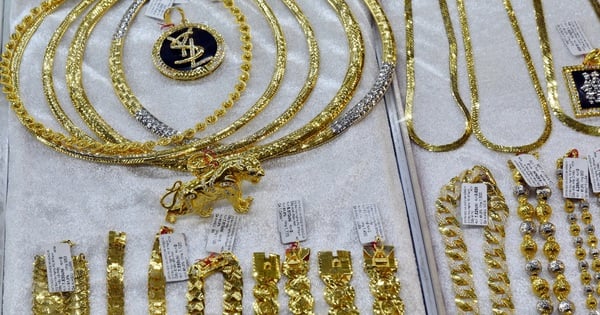

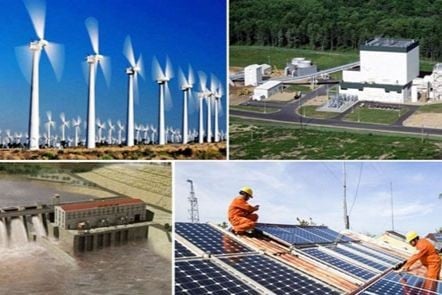

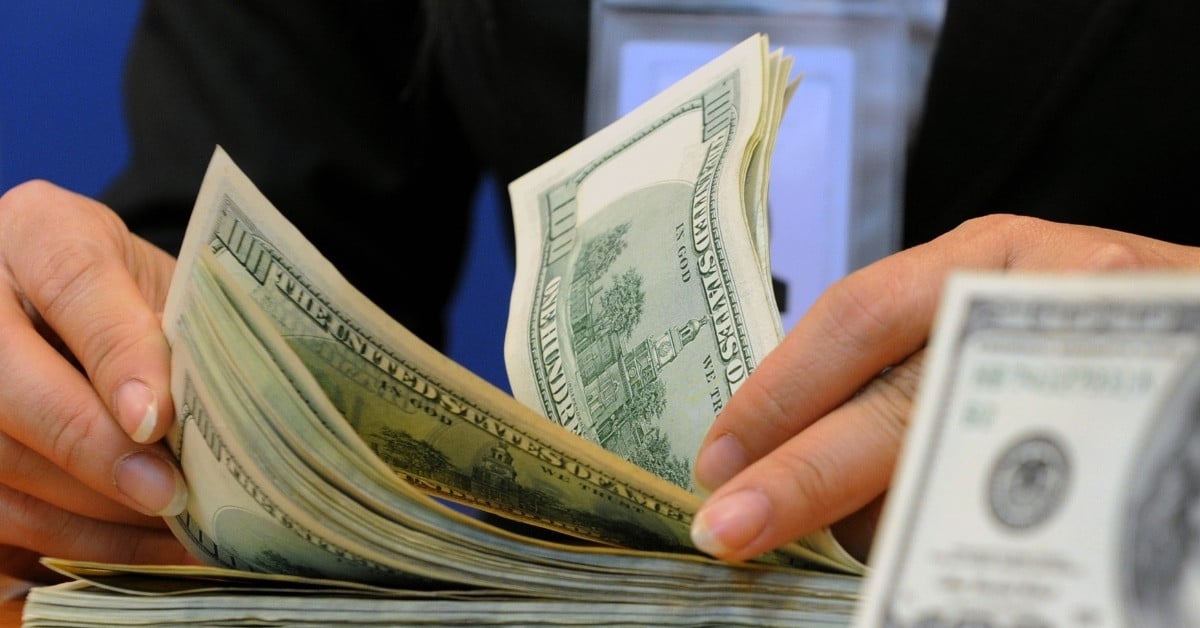


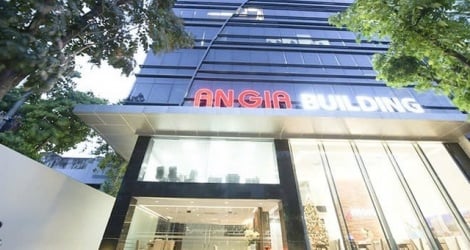


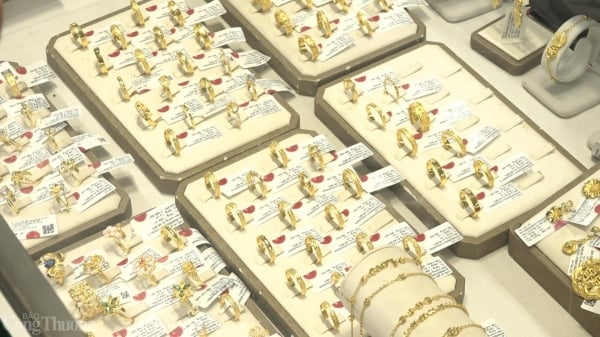
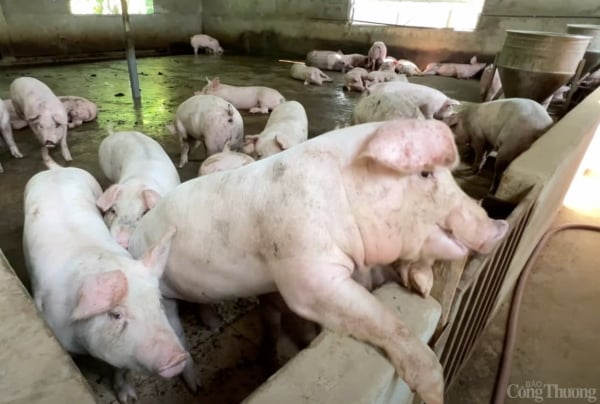
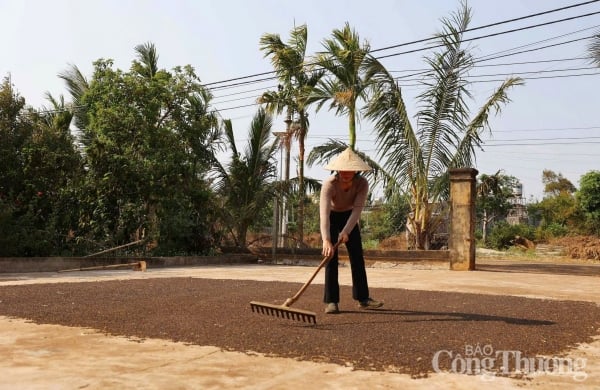
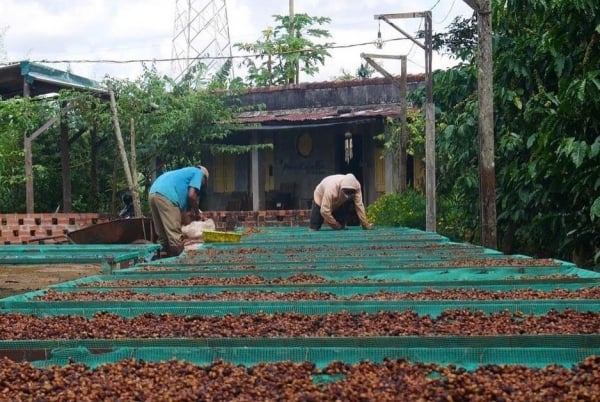












Comment (0)